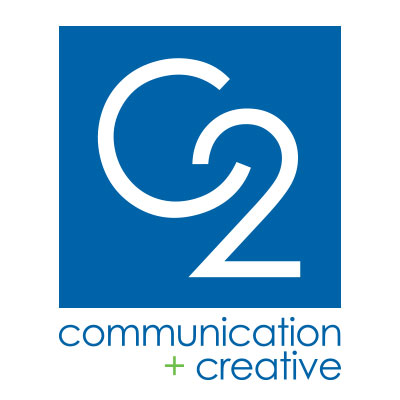As the gig economy continues to unfold (30-plus million people in the United States now classify themselves as freelance or contract workers), company leaders must take a step back and ask, "How can I create employee loyalty so I don't lose the talent I've worked so hard to hire and train?"
An age old question, right? Organizations with great people don't want to lose them to a competitor (or the attractive gig economy marketplace), but knowing how to keep people engaged with the company and its mission is an elusive trick. Fortunately, you don't have to be either Penn or Teller to enhance employee engagement and create the kind of employee loyalty most businesses only dream about. Just start with these three basic elements:
Step One: Communicate. Ah yes, the sheer power of information sharing. Your organization creates value and empowers its people when company information gets shared. There's just something about transparency that helps employees cling to their employers (and the mission and values) with gusto. Create communication channels that make sense for the organization. This may be a monthly email update from the CEO or a company newsletter that is printed and distributed electronically. The key is to keep the information timely and real - no BS! When was the last time you heard an employee complain about having too much information?
Step Two: Create a feedback loop. I've worked at the corporate level of many Fortune 500 companies - and the ones that are most successful with employee retention all share one thing in common: They offer useful information (see Step One) and they ask employees for feedback on a regular basis. Feedback loops come in many shapes and sizes, but they only work well if an organization takes action with the feedback employees share. Assign someone to not only filter the feedback to the appropriate levels across the business, but to also follow up with employees - closing the loop and ensuring employees feel they are heard.
Step Three: Recognize employees in ways that are meaningful to them.Organizations can spend a million dollars on an employee recognition program, but if people don't connect with the program it does nothing for you or for employee retention. I can't tell you how many employee recognition programs I've seen die on the vine - and they all start with the best of intentions. The secret? Employee recognition programs must be matched to your organization's culture. What's more, these programs must be evaluated every year and tweaked in order to remain effective. As you evaluate recognition programs, make sure the one you choose can be customized on the fly. It should also suit your variable workforce - full- and part-time W2 employees as well as your contingent workers who you call on in a pinch. Everyone deserves proper and fitting recognition when a completed task exceeds expectations.
Of course there is more to effective employee engagement than just these three steps. However, if your organization is serious about connecting with employees and retaining great people, these elements will provide the foundation on which you can build a lasting and effective employee engagement program.
